
views
Removing Web Worms
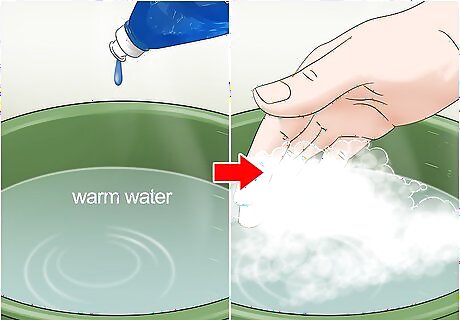
Fill up a bucket with dish soap and warm water. Pour warm water into the bucket. Add plenty of dish soap to make bubbles form. Use an old bucket or an old gardening container.

Remove any visible webs by hand. Look around the affected tree and pull all of the webs you can see off the branches. If you don’t want to touch the webs, use a broomstick to wrap the webs around and pull them off the branches. A broomstick is also useful if the tree is taller than you can reach, or if there are webs in hard to reach places.
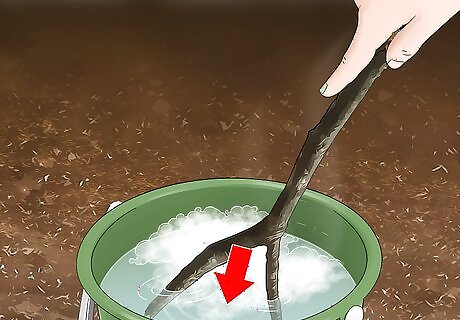
Place the webs directly into the bucket of soapy water. Once you have removed a web from the branches, dunk it straight into the bucket. Continue adding all of the webs and worms that you come across into the bucket. The warm soapy water will kill the web worms. Throw away the webs and the worms once they are dead.
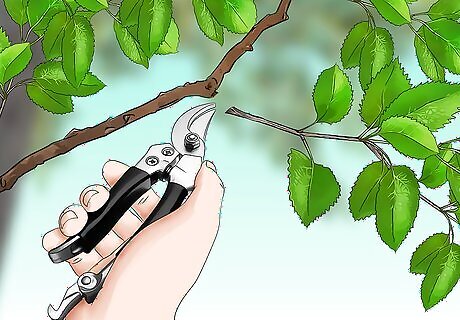
Prune off any infected branches after removing the webs if you prefer. Use pruning shears or pole pruners to cut off any branches that you have removed the webs from. Throw the branches away. Although it isn't necessary to remove any infected branches as the foliage will grow back in the next spring, you can if you want as the branches may look unsightly.
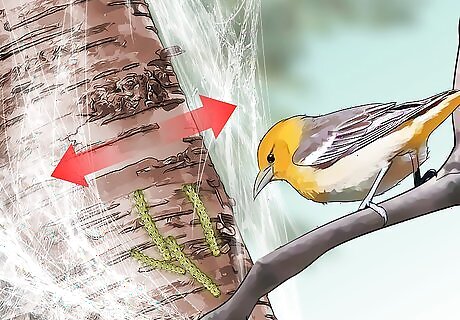
Break open the webs to encourage predators if you don't want to remove them. If you don’t want to remove the webs fully, use a broomstick or rake to break apart the thick webbing. Leave the webbing and the worms in the trees, and wait for birds and insects to start hunting. This method is less invasive than destroying the webs and killing the worms yourself. Web worms generally don’t do much damage to trees, and they are usually only removed due to the unsightly webbing. If you want to break open webs that are out of reach, spray each web with a high pressure hose for a few seconds.
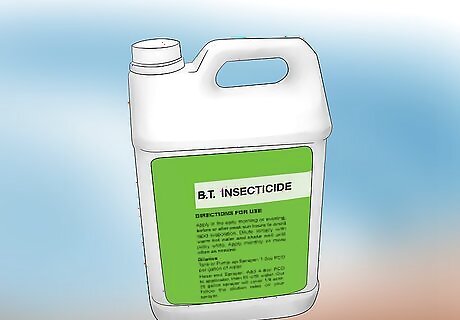
Use a Bt insecticide if the infection isn’t practical to tackle by hand. If there are many trees with web worms or if it is too difficult to reach the worms and their webs, use an insecticide that contains Bacillus thuringiensis (Bt) instead. Follow all of the instructions and safety directions on the label carefully. You can purchase Bt insecticides from gardening centers. Bt is effective at infecting and killing many species of caterpillars. It is safe for people, plants, and pets.
Preventing Web Worm Infestations
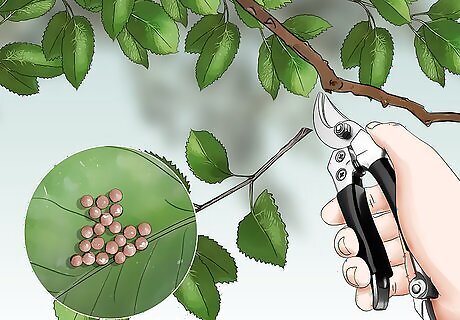
Remove the caterpillar eggs in winter. Check your trees over winter for eggs on the branches. The eggs look like shiny, red or brown bulbs. Scrape the eggs off the branches and discard them. If scraping the eggs off the branches doesn’t work, prune the branches instead to remove the eggs. The eggs can sometimes also be laid on the underside of leaves, so check these areas too. The eggs are usually clustered in clumps around the size of the tree leaves.
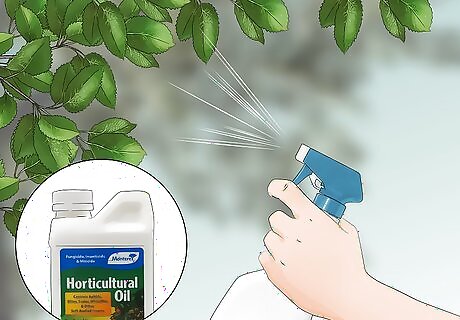
Apply dormant horticultural oils for protection during the growing season. Follow the directions on the label of the horticultural oil closely. Mix the oil with water at the required rate, and spray it onto the foliage during the dormant season of the plant. Don't use dormant horticultural oils during the growing season as this will damage the plant. Horticultural oils are safe to use for people, pets, and beneficial insects.

Purchase nematodes online to prevent web worm infestations. Specific combinations of insect-parasitic nematodes are sold online to help control web worm infestations. Follow the instructions that come with the nematodes carefully to have a better chance of success. Nematodes that help to control web worm populations are usually applied before the web worms are large enough to cause damage.
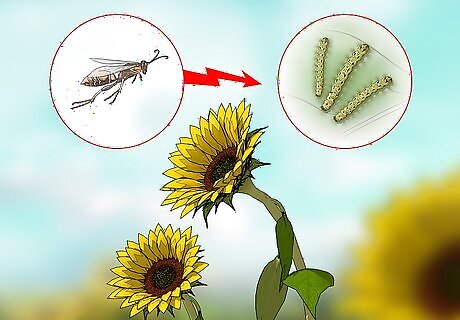
Plant sunflowers to lure beneficial insects into your garden. Sunflowers and other species from the daisy family can lure beneficial insects such as wasps to your garden. These beneficial insects will prey on the web worms. You can also purchase beneficial wasps online.




















Comments
0 comment